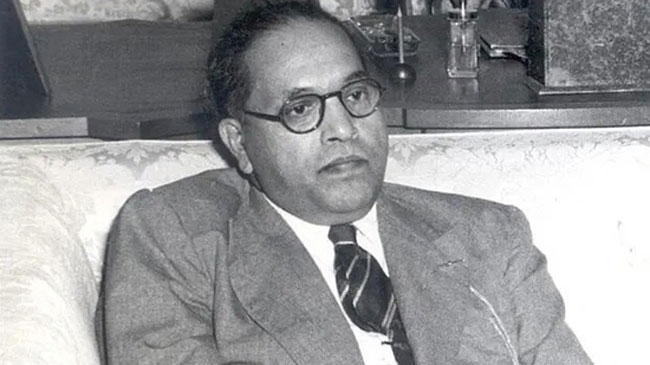The partition of India remains a deeply painful and debated chapter in the subcontinent’s history. Even today, many question the necessity of the divide. India and Pakistan share numerous similarities in language, culture, traditions, and ways of life. Despite these commonalities, the country was divided largely due to religious tensions between Hindus and Muslims. Muhammad Ali Jinnah is often regarded as the key figure behind the partition, while the rise of communalism also played a major role. However, there were several leaders at the time who strongly opposed the idea of partition—among them was Dr. B.R. Ambedkar.
Dr. Ambedkar is widely known as the principal architect of the Indian Constitution, but his views on communalism and the partition of India are equally significant. In his insightful book “Pakistan or the Partition of India,” he addressed the issue with clarity and depth. He questioned why communities with different identities couldn’t live together in one country when it was possible elsewhere in the world.
He wrote that countries like Canada, Switzerland, and Germany were home to diverse ethnic and cultural groups who coexisted peacefully. If this was possible there, why not in India? He openly challenged the two-nation theory, arguing that even if Hindus and Muslims were different in certain aspects, it did not necessarily mean they could not live together under one constitution.
Dr. Ambedkar observed:
“It cannot be denied that Hindus and Muslims share many customs, habits, and social traditions. At the same time, there are also practices rooted in religion that differentiate them. The question is: what should be given more importance? If we focus on the similarities, then there is no need for two separate nations. But if we emphasize the differences, then the idea of two nations appears justified.”
He further cited international examples:
“If we accept that Indian Muslims form a separate nation, is India the only country with such a situation? What about Canada, where the English and French coexist? In South Africa, the English and Dutch live together. In Switzerland, Germans, French, and Italians share the same land. Did the French in Canada demand partition?”
With these examples, Dr. Ambedkar strongly criticized the communal wave and the demand for separation. He emphasized that if such nations could stay united despite their differences, then India could too.
Raising a vital question, he wrote:
“If countries like Canada and Switzerland can function with diverse communities under one constitution, why not India? Even if Hindus and Muslims are considered two distinct nations, can they not live together in one country governed by a single constitution? What, then, is the real need for partition? Why are Muslims so fearful that their culture and identity would be lost living alongside Hindus?”
Dr. Ambedkar’s arguments show that he was deeply opposed to the religious division of India. He believed that fear and mistrust, rather than genuine threats, fueled the desire for partition. According to him, India had the potential to become a model of unity in diversity, just like other pluralistic nations.
In conclusion, Dr. B.R. Ambedkar’s views remain as relevant today as they were during the time of India’s independence. His belief was rooted in the idea that religious and cultural differences should not be barriers to unity. India, he felt, could have been a shining example—like Canada or Switzerland—of peaceful coexistence despite diversity.




